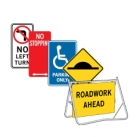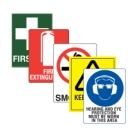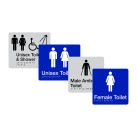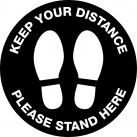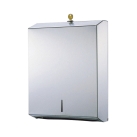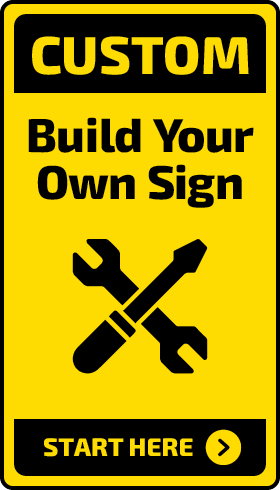Top 5 Workplace Pedestrian Safety Tips
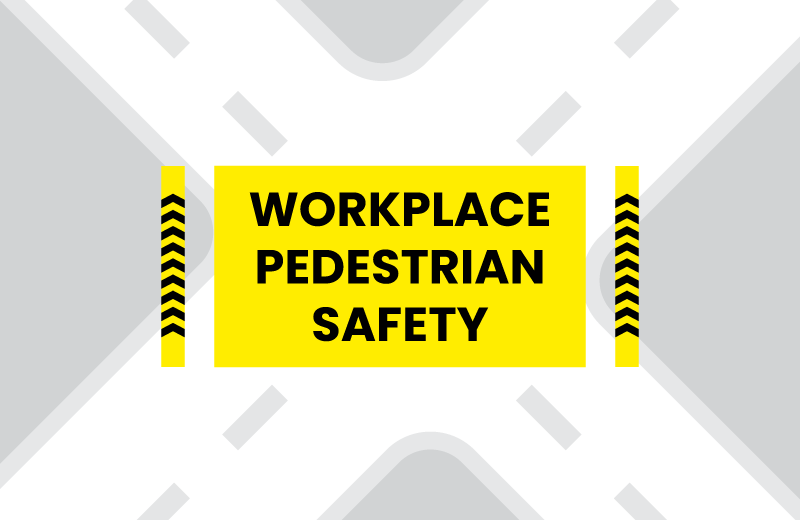
Did you know that according to the World Health Organisation report every year over 270,000 pedestrians lose their lives because of car accidents or other road-related accidents? Globally, pedestrian deaths compiled over 22% of all road deaths.
At the same time, the risk for pedestrians being struck grows by 1,100% after dark. In other words, we can agree that evening travel is considered to be one of the biggest risk factors for pedestrians.
Naturally, the question arises on what can be done in order to reduce the risk and to eliminate the number of pedestrian deaths at night. Taking into account the importance of evening pedestrian safety we have created a list of ways through which you can improve it and maximise its positive effects. Before turning into detailed analysis, let us first take a look at what are the most common reasons for the above-mentioned risks:
- Growth in smartphone use by distracted pedestrians and drivers
- Dated design for roads: cars driving with fast speed on roads that are constructed for less traffic.
- An insufficient number of pedestrian crossings that may cause pedestrians crossing unsafe points.
- Increase in the general number of pedestrians as more people are walking due to health, environmental, overpopulation or other reasons.
1. Upgrade to more reflective signage
One of the primary ways to ensure not only a safe crossing for pedestrians but also a safe road for the drivers is from time to time to make effective upgrades in the reflective signage. It's simple, drivers cannot undergo a sign they cannot see. There is a problem with the outdated coverage of the signs on various roads that do not maximise reflectivity. So a way to improve the general evening road safety would be to replace those with using highly reflective, micro prismatic lens sheeting, that is durable with pressure-sensitive adhesive. These contrary to old signs are visible from up to 600 feet away, and they significantly improve sign compliance and visibility because of more reflective light.
2. Replace static signs with flashing LED signs
In the event when even static lights are not helpful to solve the problem you can refer for help by using flashing solar, electric-powered LED light, or custom warning flash systems embedded into the sides. Particularly, at night LED lights are making it easier to see the signs, or even in adverse weather conditions, such as in heavy rains.
More so, thanks to new low power thermal detector technology that can be attached to the sign, now it is possible to program the flashlight to 24/7 or have a specific schedule for it to light up only when a pedestrian is approaching.
3. Pedestrian Infrastructure Treatments
An extensive range of pedestrian safety facilities are already used in Australia to maximise pedestrian safety and comfort. These include the use of various signalised pedestrian facilities, such as signalised crossings and red left and right hold arrows. These are particularly effective in busy locations in central business areas where pedestrians are given minimum wait times. Furthermore, a range of non-signalised treatments are also considered to be effective for general pedestrian safety uses. These comprise pedestrian refuges and median islands, two-staged pedestrian crossings, pedestrian safety barriers, warning signs, and more. Major safety facilities can also be considered treatments separating pedestrians from vehicles, including pedestrian bridges.
4. Road Safety Technologies
Research suggests that various emerging technologies have the potential to drastically reduce the number of pedestrian crashes on the road. Such technologies include vehicle-based camera systems, which warn drivers of potential crashes when detecting a pedestrian. Forward-looking infra-red cameras are specifically important to consider for nighttime pedestrian safety as those detect pedestrians in the dark.
Several other solutions significantly assist in reducing the permitted speed in high pedestrian traffic areas, like shopping areas or school zones. For example, Advisory Intelligent Speed Adaptation Technology has shown to reduce the number of accidents as it is a good resource to warn the drivers whenever they are exceeding the permitted speed limit.
5. Safer speeds.
Studies indicate that even a small increase of speed can cause a substantial increase in the risk of a pedestrian being killed or seriously injured as a result of consequential increase in the braking distances and impact speed. One way to solve this specific problem could be the expanding program of safety cameras at high-risk intersections. Moreover, new investment in safety camera technologies will help to better monitor speed enforcements. Consistent with the aforementioned problem, a considerable reduction of vehicle speed can have a significant effect as well.
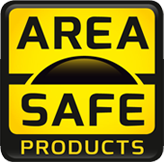
 Speed of Service
Speed of Service Easy Systems
Easy Systems Product Designs & Developers
Product Designs & Developers Car Park Protection
Car Park Protection 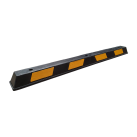
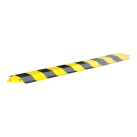


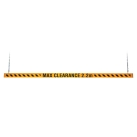
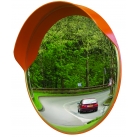
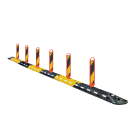
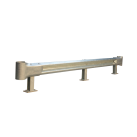

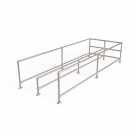
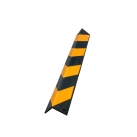
 Industrial Safety
Industrial Safety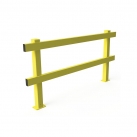
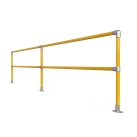


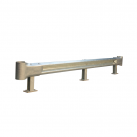
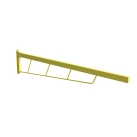
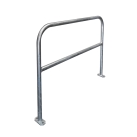
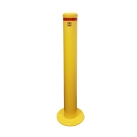
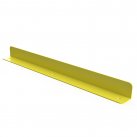

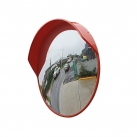
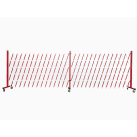
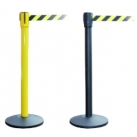

 Urban Furniture
Urban Furniture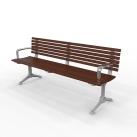







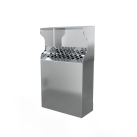
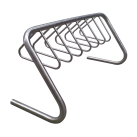

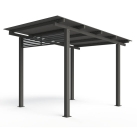
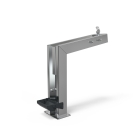
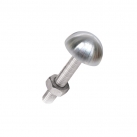

 Pedestrian Barriers
Pedestrian Barriers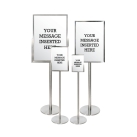
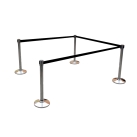



 Matting, Ramps & Tactiles
Matting, Ramps & Tactiles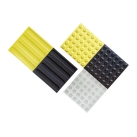
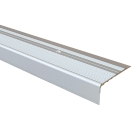

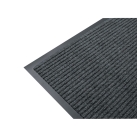
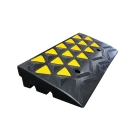
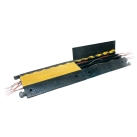
 Signage & Safety
Signage & Safety 
